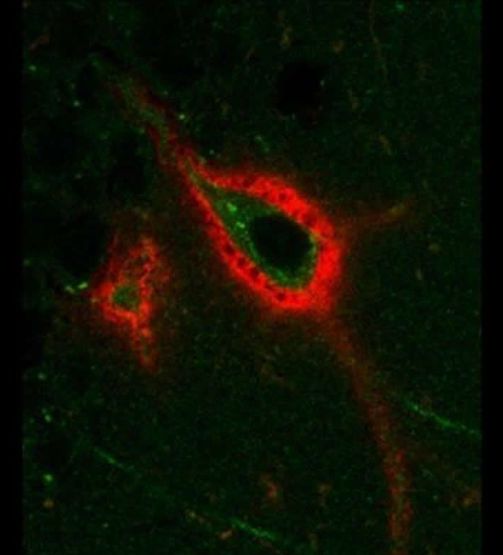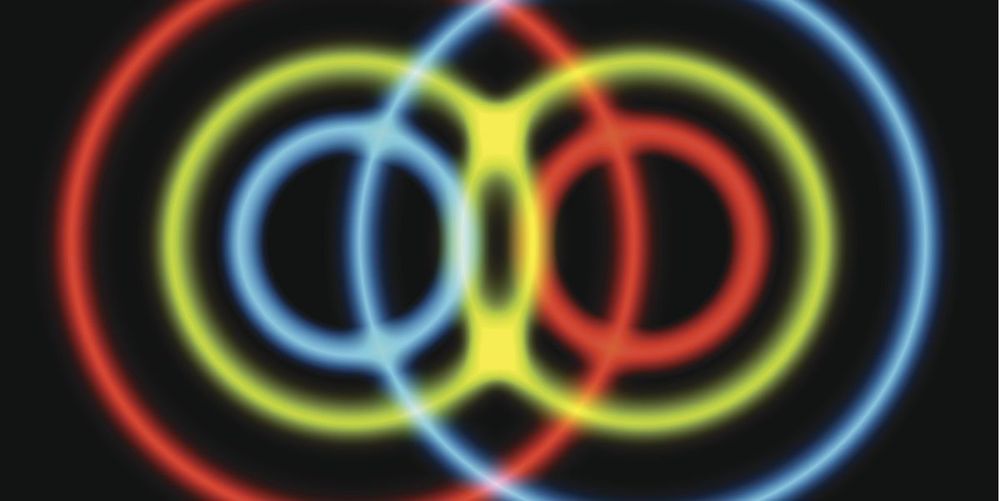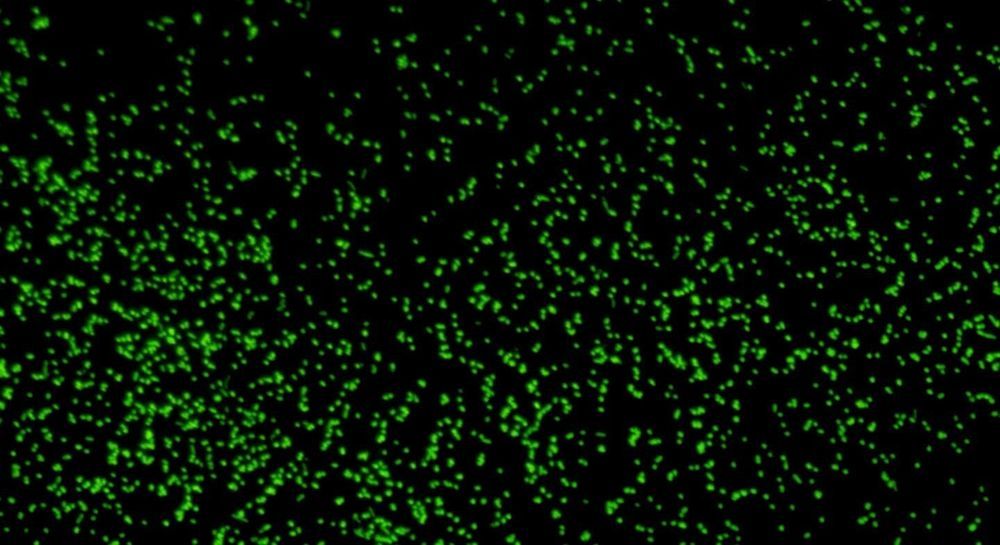The organisms had been in a dormant state in the seabed in the South Pacific since the age of dinosaurs.


What kind of futuristic helicopter is the US military about to unleash against enemy combatants? Check out today’s new military video where we take a close look at the FARA program to see the militaries requirements for a new attack helicopter to patrol the enemy skies.
🔔 SUBSCRIBE TO THE INFOGRAPHICS SHOW ►
🔖 MY SOCIAL PAGES
TikTok ► https://www.tiktok.com/@theinfographicsshow
Discord ► https://discord.gg/theinfographicsshow
Facebook ► https://www.facebook.com/TheInfographicsShow
Twitter ► https://twitter.com/TheInfoShow
💭 SUGGEST A TOPIC
https://www.theinfographicsshow.com
📝 SOURCES: https://pastebin.com/qMzNEFuz
All videos are based on publicly available information unless otherwise noted.


Virgin Galactic is giving its customers a first look inside the cabin that will carry them to the edge of space and back, as the space tourism company gets closer to finishing development of its spacecraft.
“Every seat is a window seat,” Virgin Galactic design director Jeremy Brown told CNBC about the interior.
The cabin’s design is the central piece of the company’s product, especially due to the variety of stages during a Virgin Galactic spaceflight. In all, a trip will last about 90 minutes from takeoff to landing. But that will include taking off from a runway under the power of a jet-powered carrier aircraft, a brief free-fall after the spacecraft is released from under the aircraft at about 50,000 feet altitude, a rocket-powered burst of acceleration skyward hitting more than three times the speed of sound and then a few minutes floating weightless in micro-gravity at the edge of space.

The U.S. Department of Energy (DoE) has announced a plan to make a quantum internet it says is virtually unhackable. This is definitely a long-term plan that will require new kinds of engineering and technology, not something that will be implemented next year. Let’s take a look at the concept, the plan the DoE has laid out, and how long it all might take.
Within the framework of quantum mechanics, the network proposed here is pretty intuitive. (That’s a big caveat, though!) The report begins with a surprising notion: Although headlines and research have focused on the power of quantum computing, we’re far away from any practical and recognizable computer powered by quantum phenomena. The idea of a quantum network, the DoE says, is far closer to our reach.
🤯 You like quantum. We like quantum. Let’s nerd out together.

For decades, scientists have gathered ancient sediment samples from below the seafloor to better understand past climates, plate tectonics and the deep marine ecosystem. In a new study published in Nature Communications, researchers reveal that given the right food in the right laboratory conditions, microbes collected from sediment as old as 100 million years can revive and multiply, even after laying dormant since large dinosaurs prowled the planet.
The research team behind the new study, from the Japan Agency for Marine-Earth Science and Technology (JAMSTEC), the URI Graduate School of Oceanography, the National Institute of Advanced Industrial Science and Technology, the Kochi University and Marine Works Japan, gathered the ancient sediment samples ten years ago during an expedition to the South Pacific Gyre, the part of the ocean with the lowest productivity and fewest nutrients available to fuel the marine food web.
“Our main question was whether life could exist in such a nutrient-limited environment or if this was a lifeless zone,” said the paper’s lead author Yuki Morono, senior scientist at JAMSTEC. “And we wanted to know how long the microbes could sustain their life in a near-absence of food.”
Robotic augmentation is coming to a war zone near you. For now, the first stop bypasses the battlefield.

It is a widely accepted theory today that when the first stars formed in our universe approximately 13 billion years ago, they quickly came together to form globular clusters. These clusters then coalesced to others to form the first galaxies, which have been growing through mergers and evolving ever since. For this reason, astronomers have long suspected that the oldest stars in the universe are to be found in globular clusters.
The study of stars in these clusters is therefore a means of determining the age of the universe, which is still subject to some guesswork. In this vein, an international team of astronomers and cosmologists recently conducted a study of globular clusters in order to infer the age of the universe. Their results indicate that the universe is about 13.35 billion years old, a result that could help astronomers learn more about the expansion of the cosmos.
Their study, titled “Inferring the Age of the Universe with Globular Clusters,” recently appeared online and was submitted for consideration to the Journal of Cosmology and Astroparticle Physics. The study was led by David Valcin, a predoctoral researcher from the Institute of Cosmos Sciences at the University of Barcelona (ICCUB), who was joined by a team from France, Spain, and the US.

The most reliable predictor of a relationship’s success is partners’ belief that the other person is fully committed, a Western University-led international research team has found.
Other important factors in a successful relationship include feeling close to, appreciated by, and sexually satisfied with your partner, says the study—the first-ever systematic attempt at using machine-learning algorithms to predict people’s relationship satisfaction.
“Satisfaction with romantic relationships has important implications for health, wellbeing and work productivity,” Western Psychology professor Samantha Joel said. “But research on predictors of relationship quality is often limited in scope and scale, and carried out separately in individual laboratories.”

Do you agree Eric Klein?
The billionaire engineer, who also helped found the artificial intelligence research lab OpenAI in 2015, has consistently warned of the existential threat posed by advanced artificial intelligence in recent years. Despite this, he said he still feels that the issue is not properly understood.